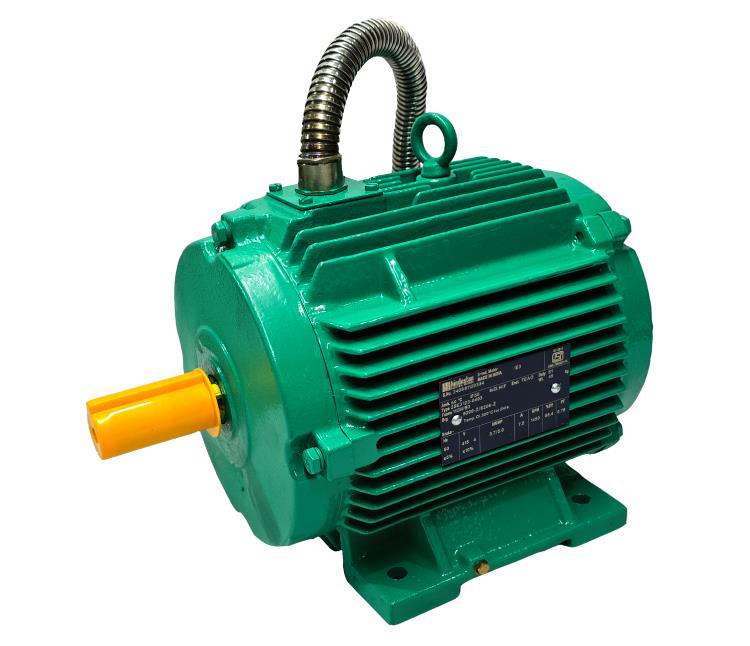Certified Smoke Extraction Motor – Up to 400 °C / 2 h
AB-2507-24


Road Number 7, M.I.D.C, Chakala Industrial Area (MIDC), Andheri East, Mumbai, Maharashtra, India

Engineered for emergency smoke suction and everyday ventilation, this motor meets EN 12101‑3 (F200–F400). With robust IP55 (optionally IP66/67), Class H insulation and flexible voltages (230–690 V), it ensures reliable performance under extreme conditions. Mountable in foot, flange or face configurations, it's the perfect solution for industrial buildings, theaters, shopping malls and more. Available with optional flying leads or junction box.
Smoke Extraction Motor specifically designed for fire ventilation and comfort airflow in enclosed and high‑risk environments. Compliant with EN 12101‑3 for F200/F300/F400 classes, it withstands temperatures up to 400 °C for 2 hours. Features include IP55 protection (optional IP66/67), class H insulation, various mounting options (B3, B5, B14, B35), and voltage support from 230 V to 690 V at 50/60 Hz. Ideal for airports, tunnels, parking garages,
shopping centers, theaters and more.
➤ Available in frame sizes 71 to 280
➤ Rated power: 0.37 to 90.0 kW
➤ Voltage: 415 V ±10% (custom on request)
➤ Frequency: 50 Hz ±5%
➤ Polarity: 2-pole and 4-pole
➤ Mounting: B3, B5 or custom combinations
➤ Enclosures: TEAO, TE
➤ Efficiency class: IE2, IE3, IE4
Supports continuous operation and emergency smoke extraction in a compact, efficient design. Multiple installation configurations and custom voltages/frequencies are available on request.
Smoke Extraction Motors are engineered to ensure effective ventilation under both normal and emergency conditions. Under regular use, they serve as air intake motors, maintaining oxygen circulation in closed environments. In emergencies, they rapidly evacuate smoke, delay fire spread, and help keep escape routes clear—significantly reducing structural and equipment damage due to heat and toxic gases.
These motors are designed to operate continuously at 300 °C for 2 hours, complying with BS EN 12101‑3 standards and APLAB certified. A crucial safety asset for enclosed spaces like tunnels, underground car parks, industrial buildings, shopping malls, and transit stations.

